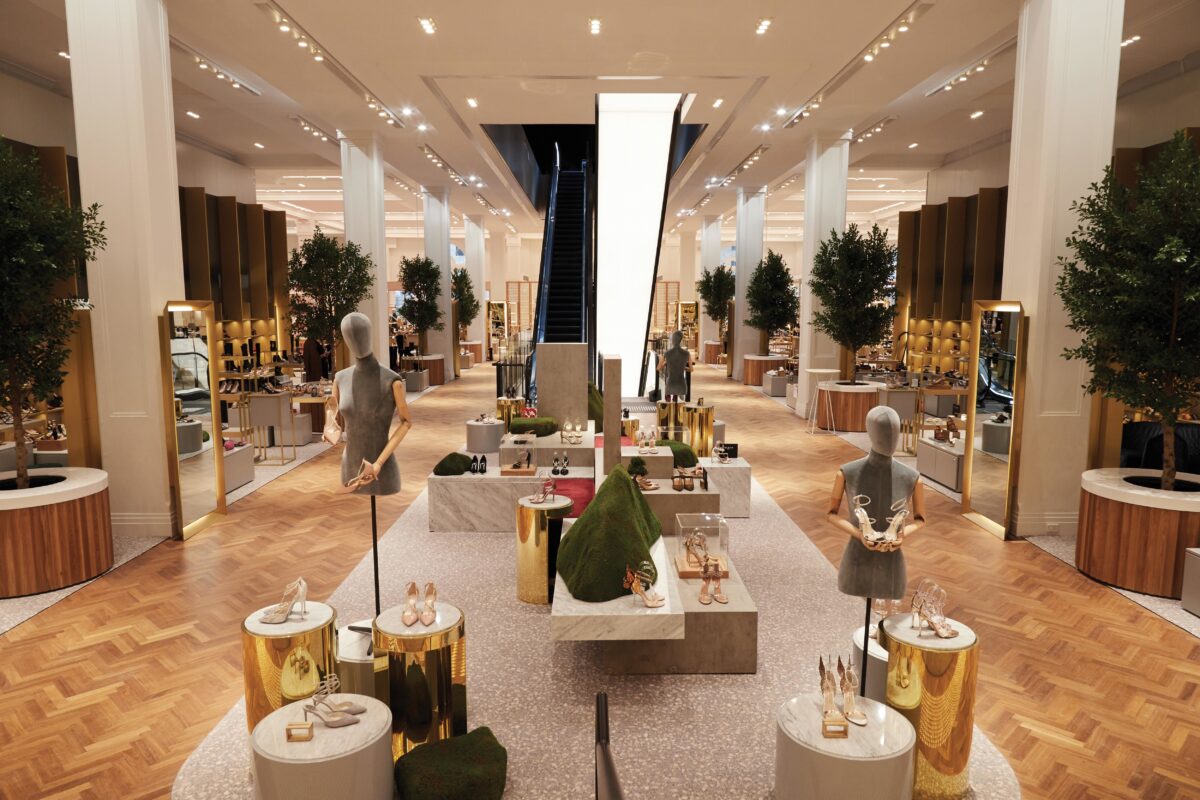The 2021 ULI China Mainland Winter Meeting-Shanghai was held on 11 to 12 November. The ULI Winter Meeting is one of the most important events organized by ULI in the Chinese Mainland each year, covering key topics in the real estate industry and providing an important platform for information exchange and dialogue between ULI members and guests. Benoy was also actively involved as a global corporate member. Terence Seah, Benoy’s Head of Hong Kong, Singapore and Shenzhen, was invited as a guest speaker to attend a discussion on the theme of “Re-purposing Mixed-use Properties” held on the afternoon of 12 November.
The thematic discussion was kicked off by host Qiao Yu, Head of Shanghai, Real Estate, Schroders Capital, and the invited guests were Terence, as well as Tracy Fang, Vice President of URF (Urban Revitalization Force) and Heyu Wang, General Manager of Innovative City-Industry Development of Longfor Group. From the perspectives of an architect, a developer, an investor and an operator, the attendees discussed transformation projects that meet the needs of today’s society and that embrace future commercial development.
Joining the discussion via remote link, Terence focused on Benoy’s three recent transformation projects around the world — including the David Jones flagship store in Sydney, Australia, the Kings Road project in London, UK, and the Deji Lane Historical and Cultural District in Ningbo, China—using these projects as the basis for a vivid analysis from an architect’s perspective.
Terence commented, “When implementing a transformation project, we should not only pay close attention to adjustment and redefinition of the traditional traffic flows and segmentation of shops as well as the identification of the target population, but focus more on the exploration and discovery of the unique content and cultural features of each individual project, as well as the creation of IP-specific scenarios.. At the same time, in terms of redefining floor planning, we should also pay attention to the design of spaces, just like the technique of intentionally leaving blank spaces in Chinese painting. For a painting with both blank and fully-occupied space, the blank space is more expressive and eye-catching. These public spaces with the potential of serving “multiple purposes” can be used flexibly, such as for advertising themed events, performing arts or pop-up stores when such operational needs emerge at a later stage. They can also be used as leisure spaces for end customers so as to attract more traffic. ”
During the discussion, Ms Fang from URF further introduced how the company created the new retail (cure-tail) model that coincides with the consumption ideas of Generation Z, the dominant consumer group, and how one of its successful transformation projects, TX Huaihai, brings them a commercial experience that also aims to meet their social needs. Ms Wang from the Longfor Group also introduced the business model of innovative transformation recently developed by Longfor Properties, which has broken away from the traditional concept of the Longfor Paradise Walk Series in favour of building “small and beautiful” community shopping malls, to improve the convenience of surrounding residents while shaping a more diversified commercial space.



